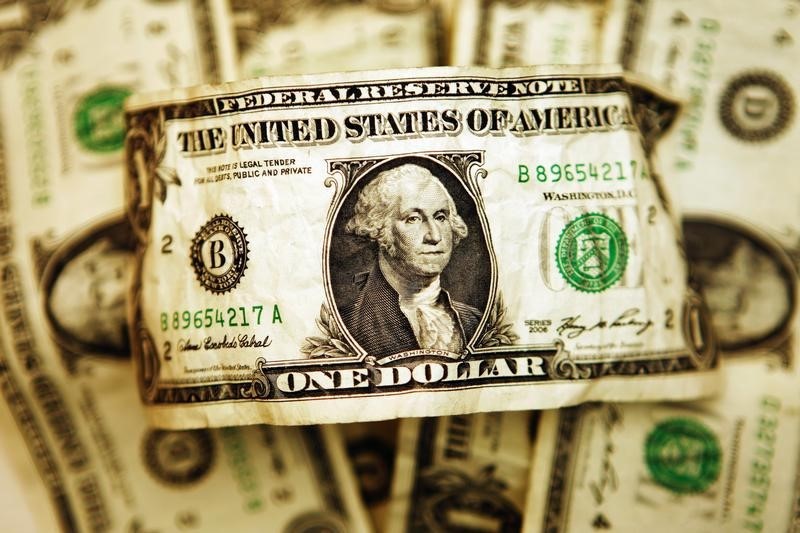By Gina Lee
Investing.com – The dollar was down on Thursday morning in Asia, remaining below a 16-month peak. The U.S. currency pressed pause in a recent rally, prompting questions as to whether the rally is slowing down.
The U.S. Dollar Index that tracks the greenback against a basket of other currencies inched down 0.08% to 95.748 by 22:40 PM ET (3:40 AM GMT). It climbed as high as 96.226 on Wednesday, its highest since mid-July 2020.
The USD/JPY pair inched down 0.02% to 114.05.
The AUD/USD pair inched down 0.02% to 0.7268 and the NZD/USD pair was up 0.33% to 0.7020.
The USD/CNY pair inched up 0.02% to 6.3787 and the GBP/USD pair inched up 0.10% to 1.3494. U.K. inflation jumped in October, with the consumer price index growing 1.1% month-on-month and 4.2% year-on-year. The higher-than-expected levels is putting pressure on the Bank of England to hike interest rates in December.
The euro was at $1.1316, remaining near a 16-month low as the European Central Bank is widely perceived to be in the back of the line in hiking interest rates.
Better-than-expected U.S. retail sales data earlier in the week gave the dollar’s recent rally a boost. U.S. inflation, which hit a record 30-year high in October, also raised bets that the U.S. Federal Reserve will hike rates around the middle of 2022.
However, "the sustainability of the current dollar strength beyond the next few months looks far from certain," Pictet Wealth Management FX strategist Luc Luyet told Reuters.
"Market expectations of the Fed are starting to be particularly hawkish, suggesting limited tailwinds for the dollar going forward from that factor. Furthermore, the economic growth outlook may turn more supportive of the euro as the worst of the slowdown of China’s economic activity looks mostly behind us, whereas COVID-19 and energy import costs may prove less of an issue than the past winter,” Luyet added.
Other investors viewed the dollar’s dip as an opportunity to buy. "Dips have been hard to come by lately, but anything into the low-95s looks like a buying opportunity," Westpac analysts said in a note.
Meanwhile, commodity currencies fell thanks to oil prices that fell to six-week lows. The Canadian dollar was at 1.2608 against its U.S. counterpart, near a six-week low hit on Wednesday. The Bank of Canada is also expected to begin hiking interest rates in early 2022.
